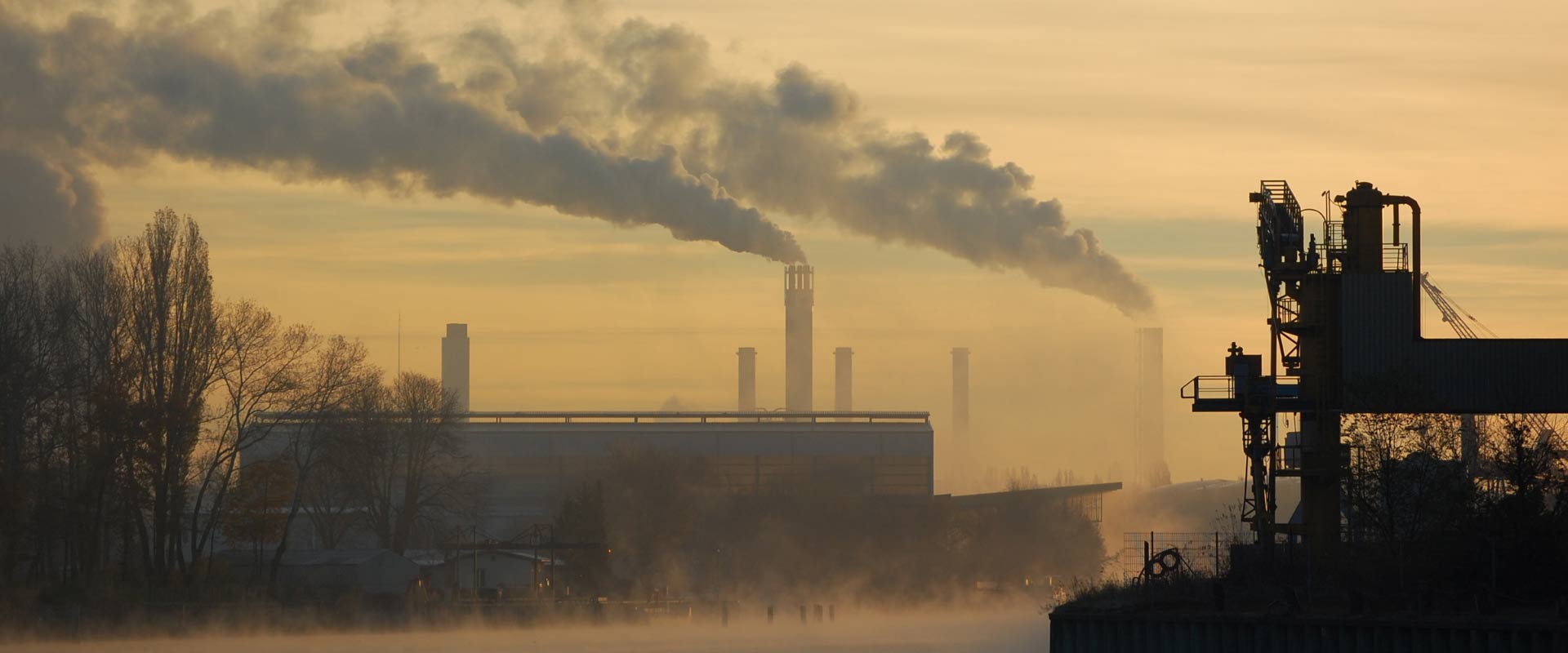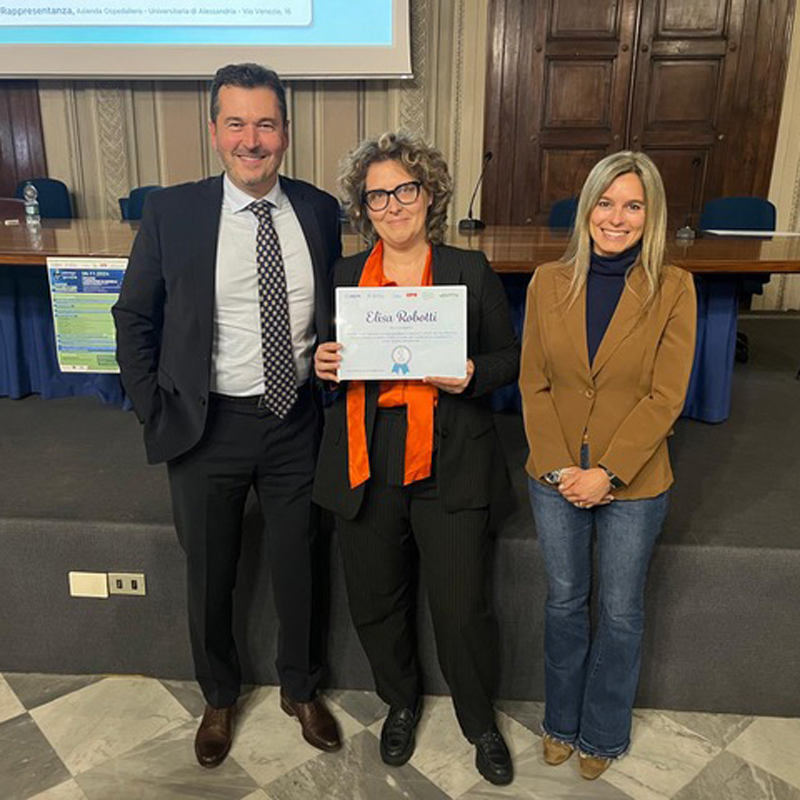At the end of April, the European Parliament passed five new laws resulting from the agreements reached with EU member countries in late 2022. The laws are part of the FitFor55 package, the EU’s strategy to reduce greenhouse gas emissions by at least 55% over 1990 levels by 2030, in alignment with the European Climate Law.
The new laws provide for the phasing out of the free allowances in the Emissions Trading System (ETS) from 2026; the inclusion of road transport and buildings in the new ETS II from 2027; a new tool to protect EU industry from delocalisation and increase global climate ambition; and a Social Climate Fund to combat energy and mobility poverty.
The laws now go to the European Council for formal approval. They will then be published in the Official Journal of the European Union and come into force 20 days after publication. By adopting these legal acts, the Parliament is responding to the expectations of citizens from the European Union to actualise and accelerate the green transition, as expressed in the proposals set out in the conclusions of the Conference on the Future of Europe.
Reform of the Emissions Trading System
The reform of the Emissions Trading System (ETS) raises EU’s climate ambitions in that it requires sectors covered by the ETS to cut their emissions by 62% over 2005 levels by 2030. In addition, free allowances to industries will be phased out in the period between 2026 and 2034. An ETS II will be created for fuel emissions from road transport and buildings in order to determine the price of emissions from these sectors as well, beginning 2027.
The new Carbon Border Adjustment Mechanism
The Parliament approved the rules governing the new Carbon Border Adjustment Mechanism (CBAM), the aim of which is to encourage third countries to raise their own ambitions on climate and ensure that global and EU climate efforts are not undermined by relocation of manufacturing activities to non-EU countries with less stringent climate policies.
The new mechanism applies to iron, steel, cement, aluminium, fertilisers, electricity, hydrogen and indirect emissions in certain conditions. The regulation will require EU importers of ETS-covered products to report the amount of emissions embedded in the goods entering the EU and then buy carbon certificates corresponding to the price they would have paid to produce the goods in the EU.
The CBAM will be phased in from 2026 to 2034, in alignment with the phasing out of ETS allowances.
Social Climate Fund to combat energy poverty
The aim behind the deal with EU governments to establish an EU Social Climate Fund (SCF) in 2026 is to ensure a fair and socially inclusive climate transition. It will benefit vulnerable households, micro-enterprises and transport users especially affected by energy poverty.
The laws now go to the European Council for formal approval. They will then be published in the Official Journal of the European Union and come into force 20 days after publication. By adopting these legal acts, the Parliament is responding to the expectations of citizens from the European Union to actualise and accelerate the green transition, as expressed in the proposals set out in the conclusions of the Conference on the Future of Europe.
Reform of the Emissions Trading System
The reform of the Emissions Trading System (ETS) raises EU’s climate ambitions in that it requires sectors covered by the ETS to cut their emissions by 62% over 2005 levels by 2030. In addition, free allowances to industries will be phased out in the period between 2026 and 2034. An ETS II will be created for fuel emissions from road transport and buildings in order to determine the price of emissions from these sectors as well, beginning 2027.
The new Carbon Border Adjustment Mechanism
The Parliament approved the rules governing the new Carbon Border Adjustment Mechanism (CBAM), the aim of which is to encourage third countries to raise their own ambitions on climate and ensure that global and EU climate efforts are not undermined by relocation of manufacturing activities to non-EU countries with less stringent climate policies.
The new mechanism applies to iron, steel, cement, aluminium, fertilisers, electricity, hydrogen and indirect emissions in certain conditions. The regulation will require EU importers of ETS-covered products to report the amount of emissions embedded in the goods entering the EU and then buy carbon certificates corresponding to the price they would have paid to produce the goods in the EU.
The CBAM will be phased in from 2026 to 2034, in alignment with the phasing out of ETS allowances.
Social Climate Fund to combat energy poverty
The aim behind the deal with EU governments to establish an EU Social Climate Fund (SCF) in 2026 is to ensure a fair and socially inclusive climate transition. It will benefit vulnerable households, micro-enterprises and transport users especially affected by energy poverty.













